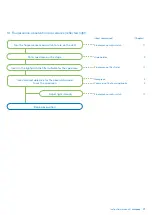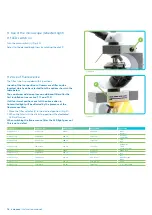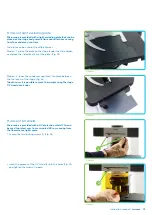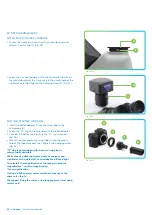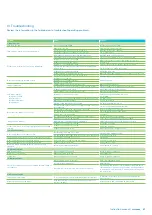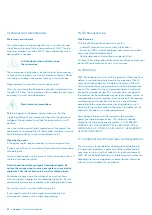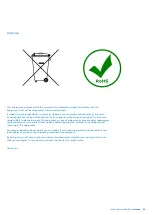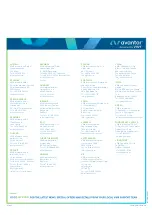
Instruction manual |
15
Use without eyeglasses
Raise eye shields and observe at the microscope placing
eyes to the shields, avoiding external light to disturb the
observation. (Fig. 24)
9.9 Centering the condenser
1
Place the specimen on the stage, insert 10x objective into the
light path and focus.
2
Insert the front lens of the swing-out condenser (1). (Fig. 25)
3
Rotate the field diaphragm ring (2) in counterclockwise
direction, to fully close the diaphragm.
4
Rotate the condenser height adjustment knob (3) to focus the
edges of the diaphragm.
5
Rotate the two centering screws (4) to bring the bright spot in
the center of the field of view.
6
Gradually open the diaphragm. The condenser is centered
when the diaphragm image is symmetrical to the field of
view.
7
In normal use, open the diaphragm until it circumscribes the
field of view.
9.10 Effects of the field diaphragm
Field diaphragm adjusts the illuminated area to obtain a high
contrast image.
Set the diaphragm according to the objective in use until it
circumscribes the field of view, in order to eliminate unnecessary
light to eyepieces. (Fig. 26)
9.11 Aperture diaphragm
The Numerical Aperture (N.A.) value of the aperture diaphragm
affects the image contrast. Increasing or reducing this value
one can vary resolution, contrast and depth of focus of the
image.
With low contrast specimens set the numerical aperture value
(1) (printed on the condenser ring) to about 70%-80% of the
objective’s N.A. (Fig. 27) If necessary, remove on eyepiece and,
looking into empty sleeve, adjust the condenser’s ring in order
to obtain an image like the one in fig. 28.
Example: with objective PLAN 40x/0,65 set the scale to
0.65 x 0.8 = 0,52
FIGURE 24
1
3
2
4
FIGURE 25
FIGURE 26
1
FIGURE 27

















